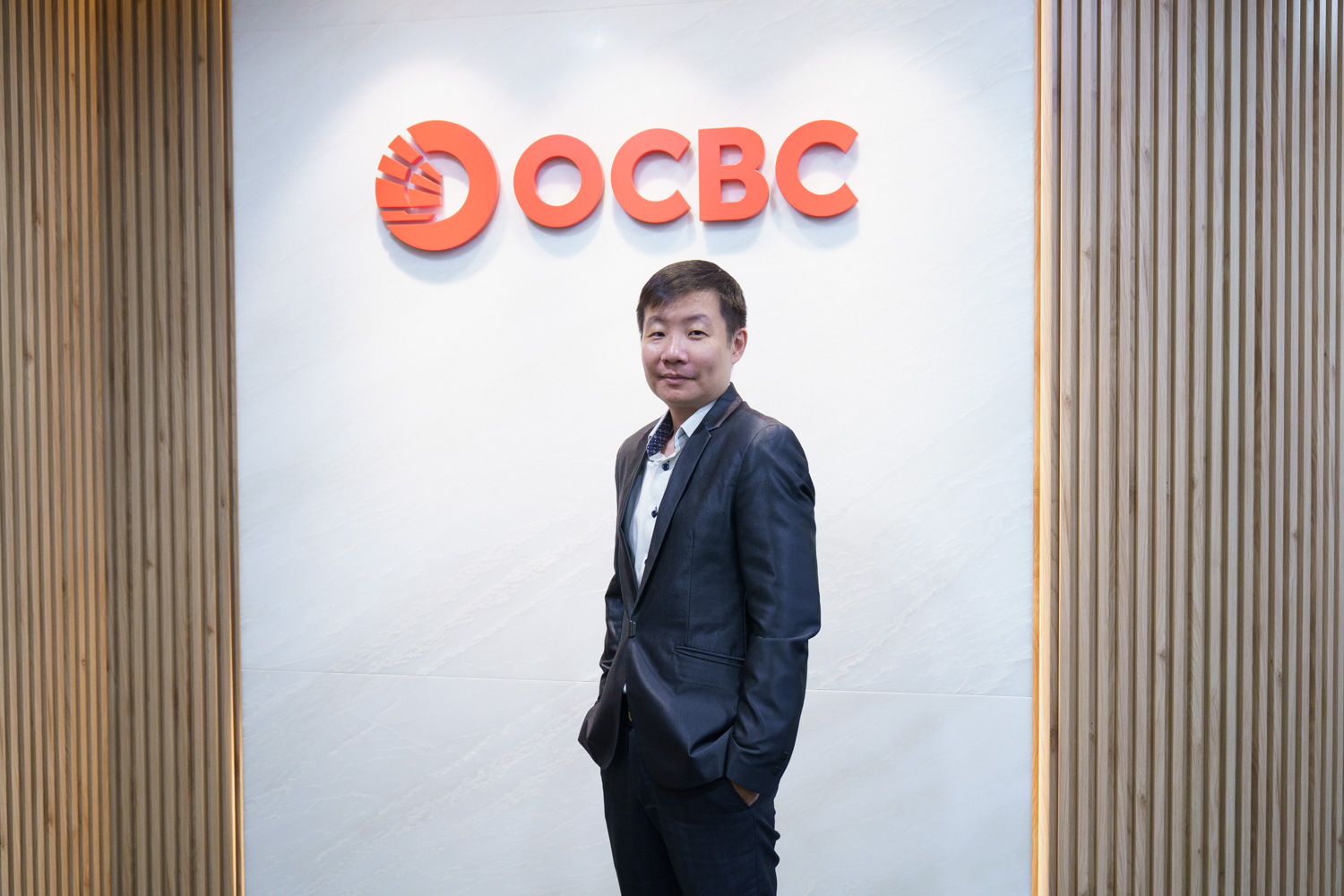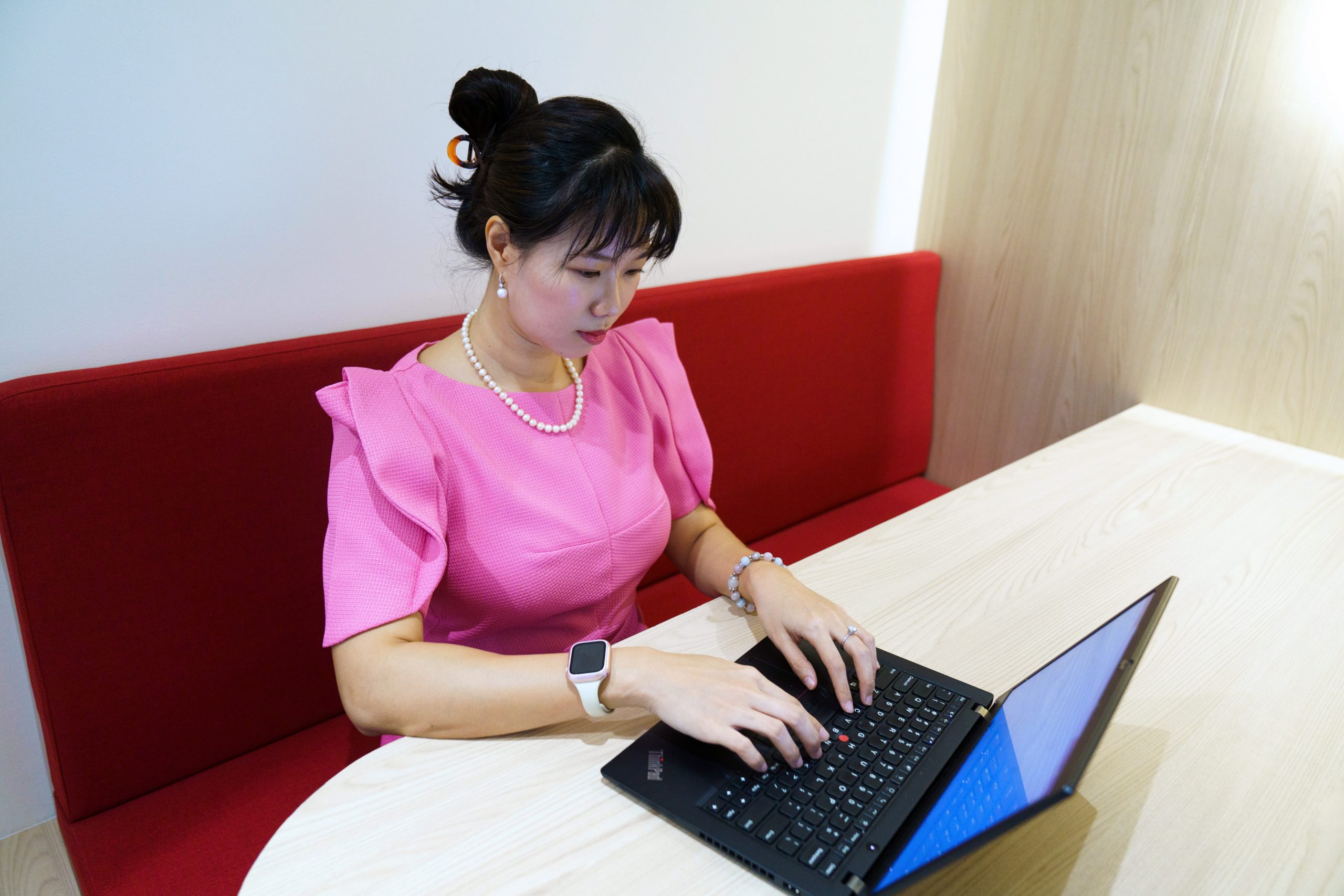In her job at OCBC’s contact center in Singapore, Denise Law must respond to what are sometimes convoluted, lengthy emails from customers.
Sifting through those emails, figuring out what customers need and writing effective responses can take considerable time for Law, who also manages the center’s chatbot for personal banking inquiries.
That work has gotten a little easier lately with the help of a generative AI chatbot OCBC has been piloting with its employees that allows them to ask questions and get help with everything from communications to coding. The tool will be rolled out bank-wide in November.
Law has been using the chatbot to quickly identify what customers are asking for in their emails — how to check a bank balance or get a fee waiver, for example — and provide answers. If she’s not satisfied with the response, she can ask the chatbot to come up with a more succinct or empathetic answer.
“It helps me to break down the sentences and the questions and craft the response to best help the customer,” Law said. “I can actually give instruction on how I want the response to be improved so it doesn’t sound like a robotic reply.”
Law also uses the tool to refine answers to FAQs for the bank’s personal banking customer service chatbot on the corporate website, translate the occasional Chinese word she is not familiar with and draft responses to customer complaints that can be used by her colleagues as templates. The tool saves time, she says, and has improved communication with customers.
“It’s very fast and it can generate the responses quickly,” Law said. “That allows me to manage more interactions and also ensures consistency in responses, which ultimately leads to enhanced customer service.”
‘Interesting use cases’
Singapore is an Asian financial hub and OCBC is the island state’s second biggest bank by assets.
OCBC decided to develop the tool around March 2023, about four months after the launch of ChatGPT, OpenAI’s large language model-based chatbot. Like people worldwide, the bank’s employees were intrigued by ChatGPT, and senior leaders saw potential for the technology to help them in their daily work.
“We took an exploratory approach to understand the capabilities and risks of ChatGPT — wanting to see if we could harness its benefits in a safe and secure environment,” said Bryan Lee, managing director of Group Technology Architecture at OCBC.

OCBC built the chatbot in its private Microsoft Azure environment, which provides access to OpenAI’s models, including ChatGPT, along with Azure’s infrastructure and security. Since most of the bank’s employees were already using Microsoft Teams, the bank opted to embed the chatbot in Teams’ secure and controlled environment, with risk controls in place built by an in-house engineering team, Lee said.
After an initial proof of concept phase, the company introduced the tool at an internal event in May, where around 200 employees asked to sign up for the subsequent pilot. As the pilot got underway over the next few months, OCBC and Bank of Singapore employees across departments and locations — from Singapore to Hong Kong, Malaysia and Indonesia — eagerly got onboard. Bank of Singapore is OCBC’s private banking subsidiary. By September, close to 1,000 employees were using the chatbot on a regular basis, Lee said.
The company trained employees on how to use the chatbot and began holding workshops for people to share their experiences with it. The group leading the project had envisioned the technology being used primarily to generate content and help with coding, Lee said, but employees quickly found other uses to help them in their daily tasks.
Front office managers were using the chatbot to research various types of industries to better connect with their clients. Contact center employees used it to summarize calls from customers and identify key issues. Marketing and communications teams were using the tool to create content for newsletters, and human resources staff tapped it to create job description templates.

“They came back with a lot of interesting use cases that we were just very surprised by,” Lee said.
Megan Wong, business manager at Bank of Singapore, enthusiastically signed on for the proof of concept testing as soon as her manager told her about it. Wong has used the chatbot to summarize large documents into key points, draft email invites for client events and come up with campaign names for an internal presentation.
“Sometimes trying to be creative is not so easy, but this technology gives you ideas,” Wong said. “It saves my time trying to come up with something fancy. It can generate more options better and faster than I can.”
An AI evolution
OCBC was an early adopter of analytics and AI capabilities, creating its first analytics team in the late 1990s and hiring Donald MacDonald, now head of its Group Data Office, in 2004 to develop the bank’s marketing analytics infrastructure.
Back then, MacDonald said, analytics was largely focused on consumer banking. As OCBC built up its infrastructure over the years, it began applying analytics and AI to other areas of the organization, such as corporate banking, compliance and operations.
OCBC’s use of AI and machine learning reached an inflection point about five years ago, MacDonald said, as growth and adoption of those technologies accelerated. The bank developed a chatbot for customer service inquiries and another chatbot named Buddy to help employees with HR-related issues. It launched programs to develop digital skills in employees and began providing postgraduate AI scholarships.
Then in 2018, OCBC established an AI lab to develop in-house AI capabilities, becoming the first bank in Singapore to do so.

“We started the lab with just three people,” MacDonald said, “but it very quickly got a lot of traction because we were able to go beyond marketing analytics, which was really our core competency before, and start working on areas like financial crime and fraud detection and generate some very impressive benefits.”
For example, the bank’s anti-money laundering efforts previously used a system that would generate more than 10,000 alerts a month. Investigators would spend about 45 minutes reviewing each alert, MacDonald said, and the majority were false positives. The bank developed an AI model that prioritizes alerts and automatically closes or hibernates lower-risk ones.
Over the past year, MacDonald said, OCBC has focused increasingly on generative AI to improve employee productivity. The bank’s OCBC Wingman tool, launched in May 2023, helps developers by tracking code as they write it and automatically generating additional lines of code — boosting productivity by an estimated 20 to 30%, MacDonald said. Generative AI is also being trialed at the bank’s contact center to summarize and transcribe sales calls, saving employees from having to listen to hundreds of calls daily to identify sales anomalies.
Similarly, MacDonald said, the new generative AI tool is helping employees across departments to be more productive and improve customer experiences. Contact center employees typically take a training course to become certified letter writers, he said, but tests showed that the tool could provide a useful first draft that a certified writer can then refine as needed.
“I think that’s a great example of where it just makes people more productive at what they were already doing,” MacDonald said. “It’s a tool that’s very flexible and can handle a wide range of use cases.”
Employees seem to agree — a recent survey of pilot participants found that 93% were satisfied with the chatbot overall and 72% reported productivity improvements since they started using it.
The question he gets most often from employees about the chatbot, MacDonald said, is when it will be available to them.
“People are really looking forward to getting it and are excited by it, which is fantastic.”
Top image: Denise Law, who works in OCBC’s contact center in Singapore, is among employees using the bank’s new generative AI chatbot. Photo by Ore Huiying for Microsoft.


